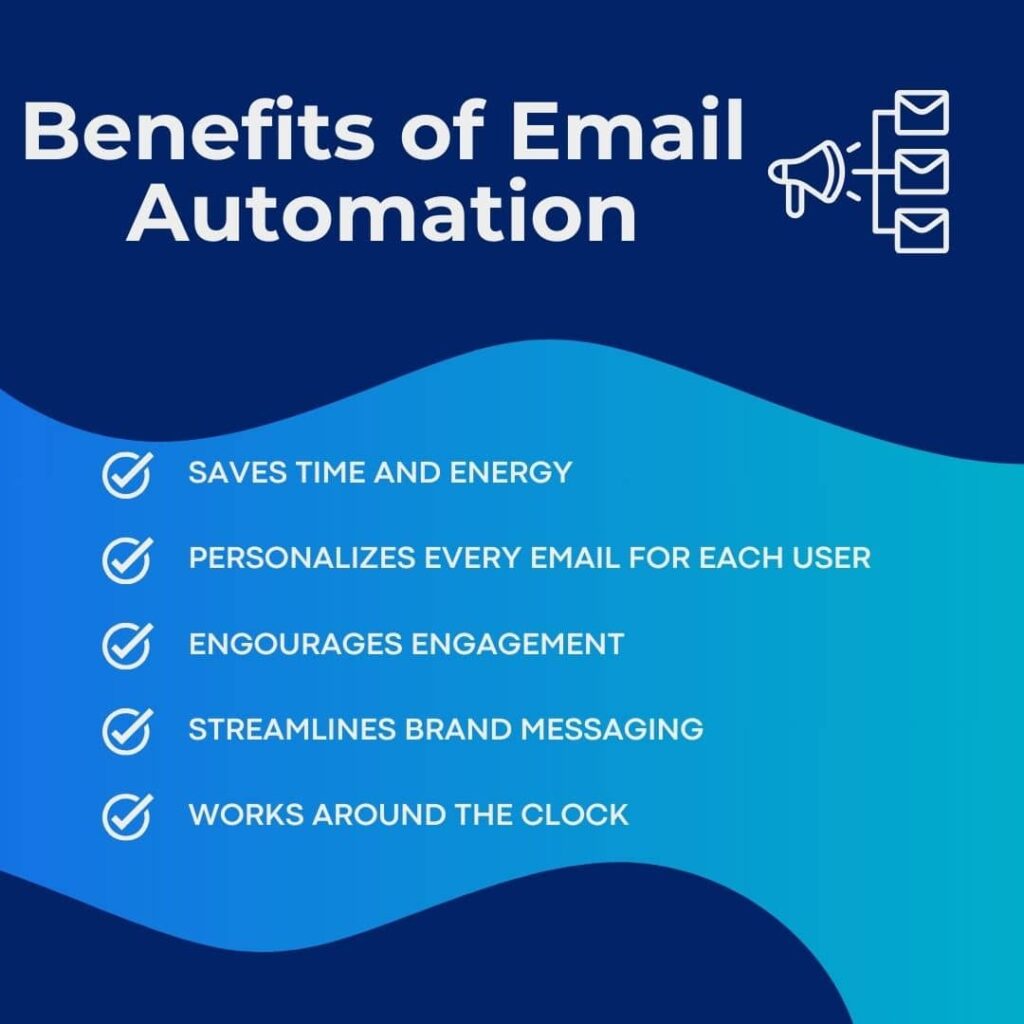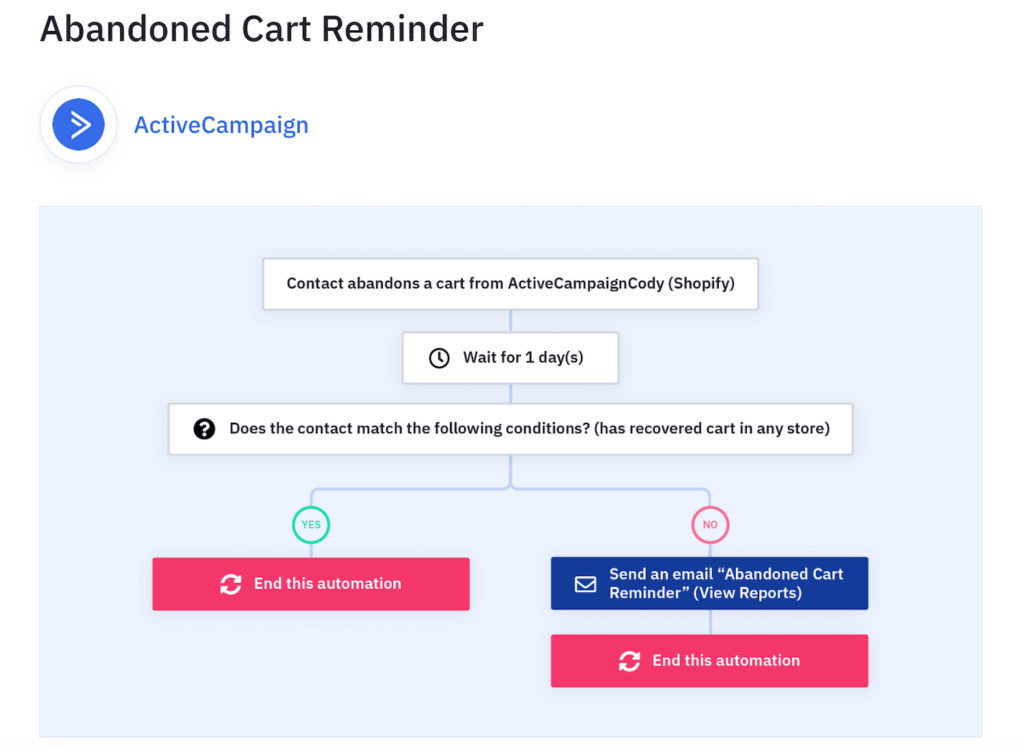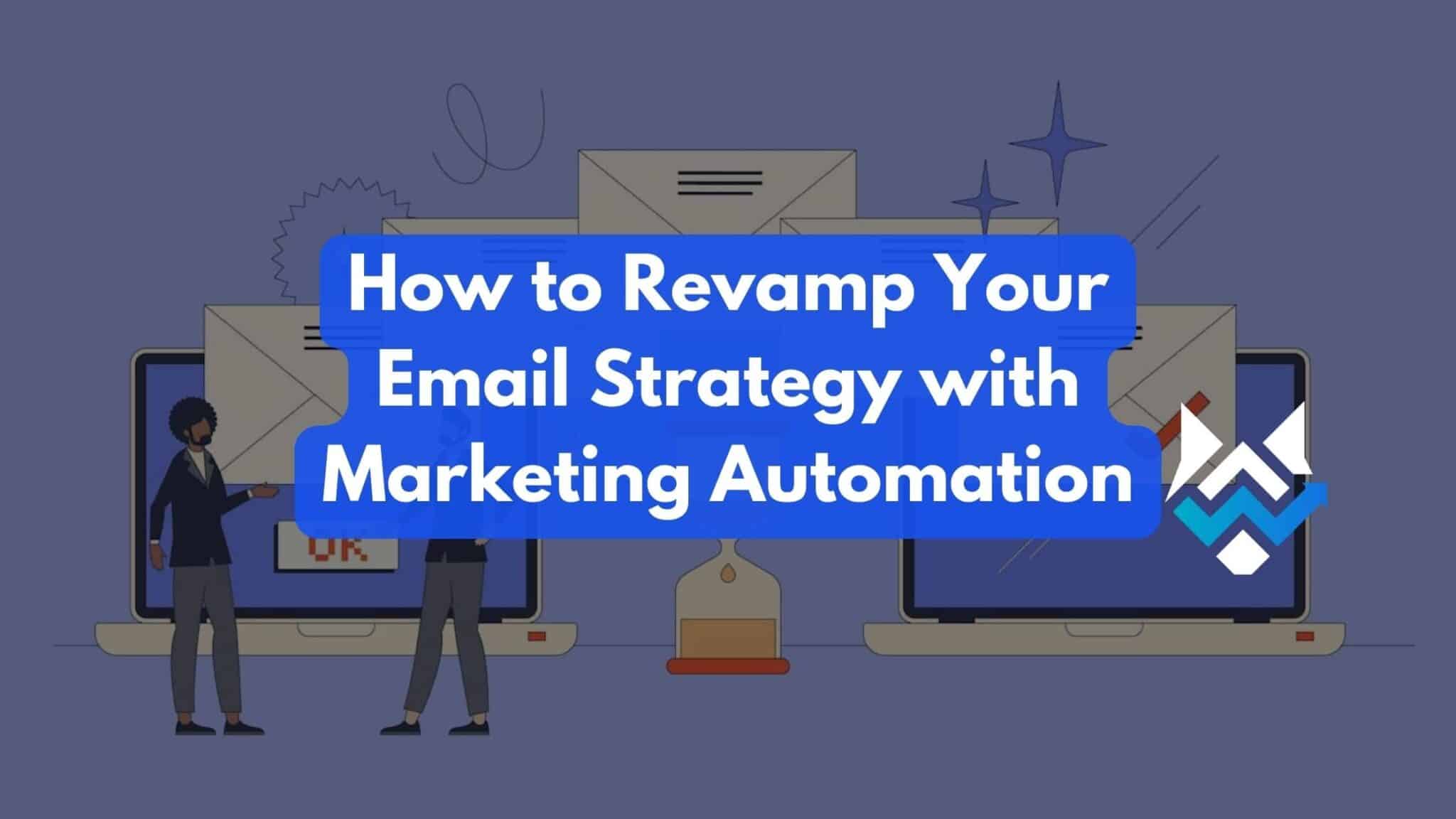Email automation is a valuable tool for unlocking a smarter, more effective marketing strategy. Sending timely, targeted messages to your audience helps you nurture leads, engage customers, and boost conversions. Plus, it saves you time and effort.
In this guide, we’ll cover email automation and how you can use it to support your marketing efforts. You’ll learn about its benefits, understand the main parts of an effective strategy, and get tips to put it to work for your business. Whether you’re just starting your email journey or want to improve your current campaigns, this post has something for you.
The Benefits of Automating Emails
Email automation is a game-changing, time-saving tool that helps you send the right message to the right person at the right time. That way, you can create targeted campaigns that speak directly to your potential customers’ needs and interests.
When done strategically, automation can nurture leads, drive conversions, and foster long-lasting customer relationships. One of the most significant benefits of email automation is its ability to personalize your marketing efforts at scale. Having responsive and personalized outreach helps you build trust and sets your business apart from competitors!
Automations like welcome sequences and responses to common inquiries streamline customer support and provide a seamless user experience. Automated email campaigns also save you time by triggering specific messages based on subscriber actions or preset intervals. This allows you to focus on other aspects of your business as your emails run efficiently in the background.
You can also use your automated campaigns to gain valuable data and insights, refining your marketing strategy. Tracking metrics like open rates, click-through rates, and conversions helps you better understand your audience’s preferences and behaviors.

What Makes an Email Automation Strategy
To get results from your marketing automation, you need a solid email strategy. Start by breaking your email list into segments based on audience preferences, behavior, or demographics. For example, a florist could segment their email list into groups by location, flower preference, or customers who have previously placed orders.
Then comes your compelling email content, resonating with each segment. Write attention-grabbing subject lines, use a friendly and conversational tone, and bring value with every message.
Some Key Sequences
- Welcome series for new subscribers – Introduce your brand, set expectations, and start building a relationship with your audience.
- Post-purchase/service follow-ups – Thank customers, provide helpful resources, and encourage them to leave a review or make another purchase.
- Re-engagement campaigns – Reach out to subscribers who haven’t engaged with your emails in a while, offering incentives or personalized content to reignite their interest.
- Abandoned cart reminders – Remind customers about items they left in their shopping cart, offering a discount or free shipping to encourage them to complete their purchase.
- Milestone or anniversary celebrations – Recognize subscriber birthdays, anniversaries, or other special occasions with personalized messages and exclusive offers.

Example of a Simple Automation Flow – Recipes and Videos Available (Free) from ActiveCampaign
Choosing the Right Tool
Choosing the best email automation platform is crucial for executing your strategy effectively. With so many options, it’s important to consider your specific needs, budget, and the features that align with your goals.
When evaluating email automation platforms, look for tools that offer:
- User-friendly interface – Choose a platform with an intuitive interface that makes it easy to create, manage, and track your email campaigns, even if you’re not a tech wizard.
- Strong segmentation abilities – Make sure the tool allows you to segment your email list based on various criteria, such as demographics, behavior, and preferences, enabling you to deliver targeted and personalized content.
- Automation workflows – Look for a platform that offers a wide range of automation triggers and actions, allowing you to create complex workflows that match your customer journey and marketing strategy.
- Integration with other tools – Consider how well it integrates with your existing tools, such as your CRM, e-commerce platform, or social media management tools, to ensure seamless data flow and efficiency.
- Reporting and analytics – Choose a platform that provides detailed reporting and analytics so you can track performance, identify areas for improvement, and make data-driven decisions.
Popular Platforms to Consider
- ActiveCampaign – A full-featured platform with smart segmentation, strong automation workflows, and easy integration with other tools. ActiveCampaign is known for its easy-to-use interface and great customer support, making it a top pick for businesses big and small.
- Mailchimp – Another email marketing tool with many automatic features like welcome emails, cart abandonment reminders, and follow-up messages after a purchase.
- HubSpot – A combination platform for marketing, sales, and customer service that includes email automation. HubSpot has many ready-to-use automation templates and works well with its CRM.
Email Automation Best Practices
Get the most out of your email automation and create solid bonds with your potential customers by focusing on a few key rules. Make sure to:
Provide Personalized Value
Focus on providing helpful, relevant content that solves your customer’s problems or enhances their lives. When you consistently deliver value, your subscribers will look forward to your emails and be more likely to engage with your brand.
Use subscribers’ names, reference their past purchases, or tailor content to their interests. Personalization shows that you understand and care about your subscribers’ needs, which can significantly boost engagement.
Segment Your List
Similarly, always divide your email list into smaller groups based on common characteristics, interests, or behaviors. Segmentation allows you to send more relevant content, increasing the likelihood of clicks and conversions.
Clean Your Email List
Remove inactive or invalid email addresses to maintain a good sender reputation and improve deliverability. A clean list ensures that your emails reach the right people and helps you maintain accurate performance metrics.
Test and Refine Your Approach
Monitor your email performance and run A/B tests to identify areas for improvement. Test different content, send times, and layouts to find what resonates best with your audience and optimize your results.
You can also conduct testing for your subject lines! A strong subject line can be the difference between an opened email and one that gets deleted or marked as spam, so take the time to make them impactful.
Comply with Laws and Regulations
Ensure your emails adhere to laws like the CAN-SPAM Act, GDPR, and CCPA. Always include an unsubscribe link, provide accurate sender information, and obtain explicit consent before adding someone to your list.
Optimize for Mobile
Also, don’t forget to optimize your emails for mobile devices! According to a 2023 study by eMarketer, more than half of all emails are opened on smartphones or tablets. That means all the content you create should be mobile-friendly. Use a responsive design that automatically adjusts to different screen sizes. No one wants to pinch and zoom just to read one email!
Also, keep your content short, sweet, and to the point. Mobile users are often on the go and have shorter attention spans. Finally, make your call-to-action buttons big, bold, and easy to tap with a thumb.
Stick to a Schedule
Last but not least, establish a regular cadence for your emails and stick to it. Consistency helps build trust and anticipation among your subscribers, as they know when to expect to hear from you.

Getting Started With Automation
Now that you understand the basics of email marketing automation, it’s time to start transforming your strategy! Here are your next steps:
1) Define your goals – What do you want to achieve with email automation? More leads, sales, or customer engagement?
2) Choose a platform – Select a tool that fits your needs and budget.
3) Segment your email list – Divide your contacts into groups based on common characteristics or behaviors.
4) Create your first automation – Set up a welcome series for new subscribers, thanking them for signing up and introducing them to your brand.
5) Expand your automation – Once you’ve mastered the basics, create more advanced workflows like post-purchase follow-ups and re-engagement campaigns.
6) Test and refine – Continuously monitor your results and make adjustments to improve your performance.
Conclusion
And with that, you now have a solid understanding of this valuable workflow! Leveraging automation for your most important (and time-consuming) email flows will free up more time for progressing other aspects of your business – just make sure to monitor and improve your marketing strategy as time goes on!
If you’re ready to take your email marketing to the next level but want some guidance on creating a winning strategy, our team is here to help! Schedule an online consultation with WolfPack Advising today.





